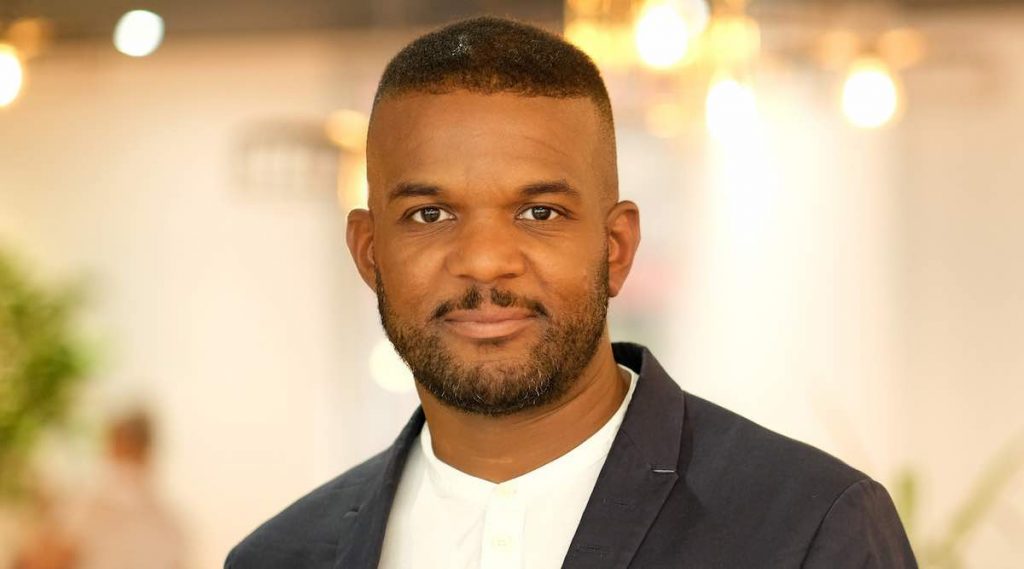
After more than 35 years of operation, TBI is closing its doors and our website will no longer be updated daily. Thank you for all of your support.
Five ways to use brands to fund your factual production
Dominic de Terville, director of branded content at the UK’s Zinc Media, tells TBI why now is the time to embrace new funding models and offers five key pointers to ensure your show gets off the ground.
The programme commissioning and funding landscape has changed all over the world. Producer-sourced funding is now required across all genres, particularly in factual, where a popular way of raising funding is to work with brands.
This area is on the rise, as savvy brands seek more effective ways of engaging audiences. So how does an independent production company find funding? The key is to offer a compelling and valuable tailored package of rights and benefits, and accordingly there are some fundamental considerations:
Product integration
Advertisers must understand how their brand is to be represented. Seamless integration can demonstrate value to a funding partner. Broadcasting regulations and compliance policies will set the parameters and vary significantly from territory to territory, but maintaining the programme’s editorial integrity is key.
In factual programming, visible brand integration can feel natural and in some instances almost essential. If it makes sense and is editorially justifiable, it can enhance the programme and provide opportunities for multiple partners and financing sources. Season 12 of Masterchef Australia involved Coles (grocers), Global (knives), Pernod Ricard (spirits and wines), Bulla (dairy foods) and possibly countless other brands that I’ve not even registered, thanks, in part, to it never feeling forced. It’s also a good example of a brand’s ability to save cost as well as providing money. If you cannot enhance the programme through brand or product integration, don’t offer it. There are other valuable benefits that can be offered.
Values
Focusing on values can be just as, if not more, fruitful than integration. Brands realise that their values play an important role in how they are perceived. In the age of conscious consumerism, this has never been more relevant. Identifying shared values between programmes and brands opens up new options.
UK broadcaster Channel 4’s Hair Power: Me And My Afro, was, in part, funded by Dove. With no product reference, product placement or brand mention within the programme, the focus on values and total commitment to the programme-makers’ editorial vision meant that Dove didn’t try to bend editorial in any way. They were happy for the programme to be presented as ‘proudly brought to you by Dove’ with other activations living off-air.
Companion Content
Digital content consumption is at an all-time high – from social video to podcasts. Producers can offer value to brands by extending the programme storytelling and audience engagement using existing production infrastructure. Producing linked audio content for a brand is a smart way of creating content that the brand can ‘own’. It also offers greater scope to talk more directly to a brand’s communications requirements than in heavily-regulated TV content. Harley Davidson’s podcast series is a companion to Apple+‘s travel doc Long Way Up and highlights the role of their electric motorbikes more prominently than the TV series.
License the programme brand
Being able to amplify an association with a programme is valuable to brands. A grant of rights to use that association alongside programme assets (logos, stills, clips) will bolster value and funding. In-store, on-pack and online consumer-facing products and promotions and trade fairs, corporate communications and other B2B channels, can all help increase funding from advertising partners.
Think global
Global brand strategies span multiple markets. Whilst execution is often tailored locally, there is scope to offer a brand linked association across multiple markets, which can drive up value and investment. Co-production and distribution strategies can overlap well with brand partnerships. Funding a programme that airs in a brand’s key markets delivers a great return on their investment.
These opportunities can be deployed to create value that brands will invest in. The most comprehensive offerings include most of them. Make sure you treat the brand as a partner, taking the time to understand its marketing objectives. It will help you realise the potential of everything you have to offer. And liaise with the commissioning broadcaster along the way as there may be other commercial considerations to factor.
Former Sky exec Dominic de Terville joined Zinc Media earlier this year to head up Zinc Media Group’s new brand-funded programming division. He oversees the division as branded content director, with a remit for developing commercial partnerships with brands, agencies, broadcasters, media owners, publishers and platforms.



